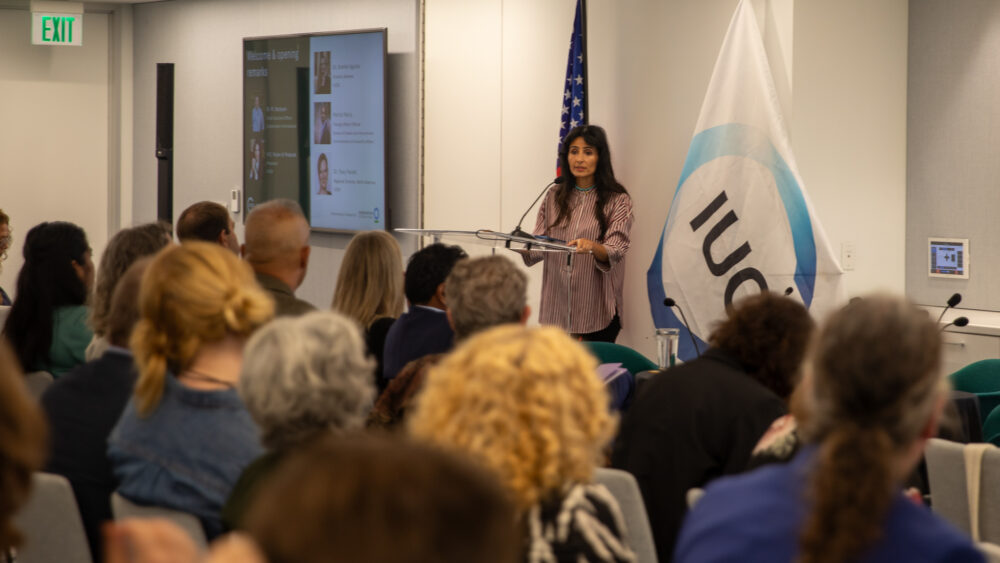We have much more to do and your continued support is needed now more than ever.
Help Bugs—and Birds—By Growing Native Plants

I didn’t appreciate just how important native plants are, however, until I began to work a story, “Urban Renewal,” published in the current issue of National Wildlife magazine. Reporting for the article, which describes various ways residents of cities and suburbs can help birds, I interviewed wildlife-gardening guru Doug Tallamy, an entomologist at the University of Delaware, and read his book, Bringing Nature Home: How You Can Sustain Wildlife with Native Plants.
Tallamy’s key message was that native plants are essential to producing the insects birds need, particularly during the breeding season. “Birds do not reproduce on berries and seeds,” he told me. “Ninety-six percent of terrestrial birds rear their young on insects.”

And they need a lot of caterpillars. Recently, Tallamy spent 16 days observing a Carolina chickadee nest in his Delaware backyard. He discovered that the birds fed their offspring between 300 and 590 caterpillars a day. The chickadees needed 4,800 caterpillars to rear a single clutch of chicks.
“We’re used to thinking of the plants in our yards as decorations,” Tallamy says. It’s wonderful when plants are attractive, he adds, but if they’re exotics such as gingko, crape myrtle or European privet—all unpalatable to insects—they do not pass along the sun’s energy to birds and other wildlife. “You might as well install a statue,” Tallamy says.
![]() Learn more about choosing and cultivating native plants, then turn your yard into a Certified Wildlife Habitat® site. This month only, Garden For Wildlife Month, NWF will plant a native tree in your honor when you certify your property.
Learn more about choosing and cultivating native plants, then turn your yard into a Certified Wildlife Habitat® site. This month only, Garden For Wildlife Month, NWF will plant a native tree in your honor when you certify your property.






















